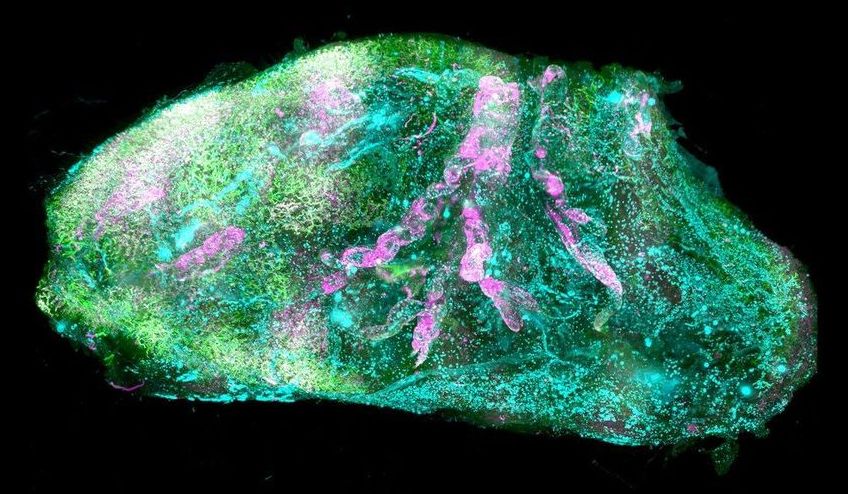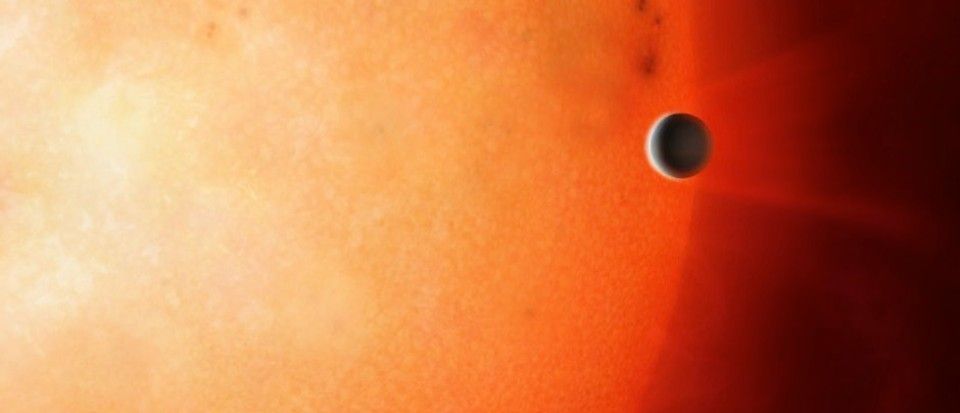Using clever chemical wizardry, researchers have made human organs see-through. The dazzling 3D maps could one day lead to organs made in the lab.



Astronomers have observed an exoplanet orbiting a star in just over 18 hours – the shortest orbital period ever seen for a planet of its type.
This means that a single year for this hot Jupiter-like planet – a gas giant similar in size and composition to Jupiter in our own Solar System – passes in less than a day of Earth time.
Scientists believe the discovery may help solve the mystery of whether such planets are in the process of spiralling towards their suns to their destruction.


A Google AI tool that can recognise and label what’s in an image will no longer attach gender tags like “woman” or “man” to photos of people. Google’s Cloud Vision API is a service for developers that allows them to, among other things, attach labels to photos identifying the contents. The tool can detect faces, landmarks, brand logos, and even explicit content, and has a host of uses from retailers using visual search to researchers identifying animal species.


The world’s species and natural ecosystems are in crisis. When nearly 200 countries gather in ten days’ time to thrash out a major plan to stem the precipitous decline, China is expected to take a prominent role. The high-stakes negotiations will set the stage for a major biodiversity summit in October, which the country will also host — marking the first time the nation will lead global talks on the environment.
A major United Nations summit could see China push for ambitious targets and spotlights the country’s own conservation efforts.
These limping AI models could be a medical breakthrough 😮
Via Seeker

How do you make “environmentally friendly cars” by destroying the environment. This is really uncool. “What would Greta Do?” Environment activists had managed to halt the felling of the trees two days ago, arguing that Tesla’s Gigafactory would affect local wildlife and water supply. However Tesla is said to plant 3 trees for every one it cuts down. Is that good for the wildlife in the forest and the water table?
A high court in Berlin has allowed Tesla to continue clearing a 92 hectare forest for its massive Gigafactory. The court rejected pleas from environment activists and said that its decision was final.
